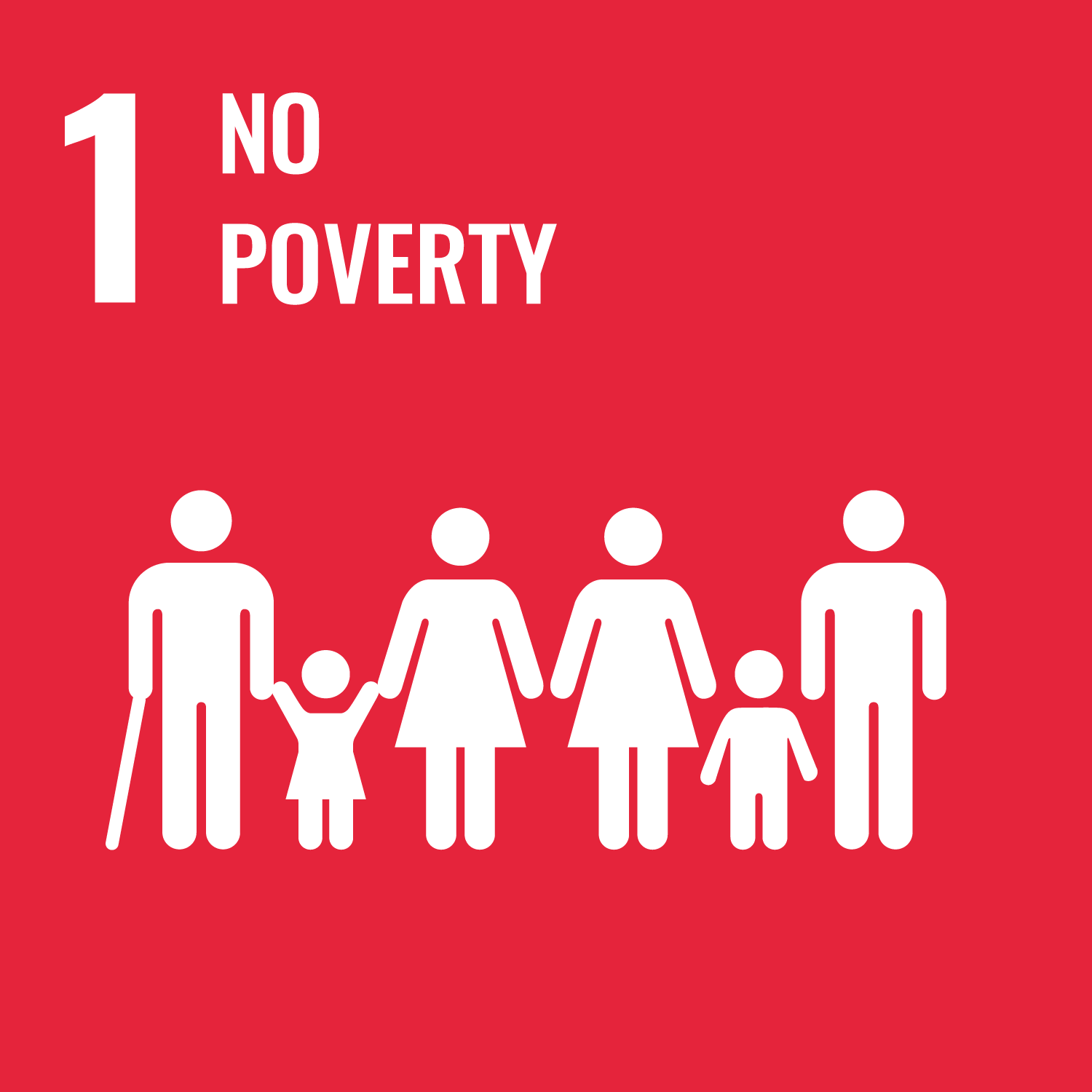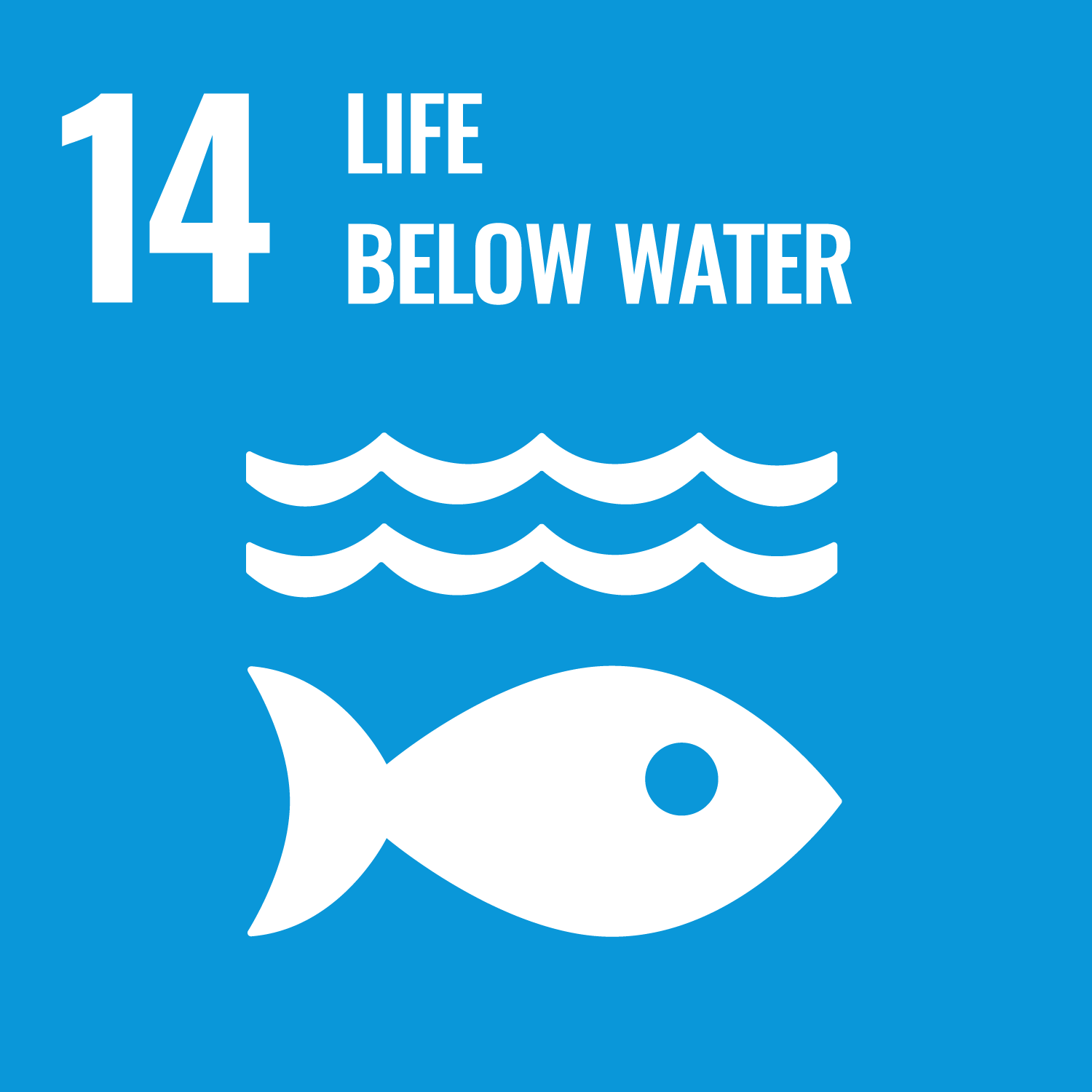In September 2020, I joined my first ever internship and it was online. It was a couple of months after the COVID-19 pandemic officially started, and the month of my 20th birthday. School just started again, after our semester got cut short. Instead of facing white boards, we looked at screens and sat down at home attending class through Zoom calls. Travel was halted, with community quarantine restrictions in place. In my first ever internship, I met the company founders through a Google meet. I did all of my work online. And this had become the trend for the rest of my internships, and even in my first full-time job I started just last March 2023.
Although remote work already existed before, the COVID-19 pandemic made it more common, more visible, to more people. Some jobs that were done in-person were reevaluated to fit online modalities. It became usual to tell people you worked from home, and not from an office. In my case, I tried different roles around human resources, marketing, community, online programs-events, partnerships, business development, and even UX research and product. Knowledge-based work could be done and organized virtually through new technologies, and students could participate in online internships.
Remote internships and online communities offered me the chance to work with and meet people from outside my country. My online calendar reconstituted my perception of space, with different hourly blocks meaning different people to talk with behind the screen in front of me. Despite former restrictions on travel, I traveled to different islands and continents by participating in online enrichment experiences. However, with the growing digital divide, my enrichment experiences are the exception rather than the norm.
In the Philippines, university students were worried they would not get practical work experience with all the pandemic restrictions. Even post-pandemic, the rise in youth unemployment and underemployment continued to be a pertinent concern. Youth unemployment and underemployment not only affects the Philippines but also different nation-states. One of the key factors contributing to this is the gap between the preparation higher education institutions offer to students and the demands of rapidly changing job markets. There is a need for these institutions to thus consider providing us as the next generation with the skills, resources and knowledge that are in tandem with the market demands more so with respect to the digital economy. This is because the digital economy provides opportunities for youth to innovate and create more employment opportunities.
We can promote SDG 8 or decent work and economic growth when we give youth the right tools. We need to work on expanding their networks, for young folks to see the diversity of people working in diverse digital careers–to open their eyes to possibilities previously unavailable to older generations. Lastly, we need to strengthen the school-to-employment pipeline by investing in programs that equip youth with needed hard and soft skills to excel professionally in the 21st century.




















